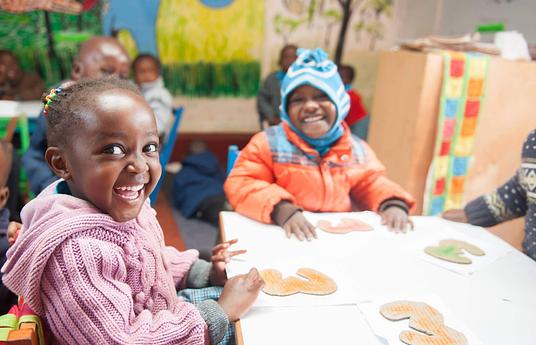Assessing social and emotional well-being would enable decision makers to track the level of mental health, identify progress of policies and curriculum designed to enhance well-being and establish the efficacy and evidence for interventions. Unfortunately, there is no contextualized and focused assessment tools to measure social and emotional well-being.
The Social and Emotional Well-being scale an outcome of the multi-phased, cross-cultural research focused on establishing strong psychometric properties with linguistic and cultural equivalence. This scale designed to focus on social, emotional, and personal aspects, has been standardized for the adolescent population and can be used to gather insights on the effectiveness of various SEL focused interventions and can be integrated as a monitoring and evaluation process for diverse government led SEL interventions as well. This open-source tool can be used by Government stakeholders, nongovernmental organizations, donors, researchers, and practitioners to explore the tool as its usability ranges from tracking longitudinal trajectories of well-being , program evaluations, advancing studies to evidence-informed policymaking around social and emotional learning”.
The Social and Emotional Well-being scale is created to prepare the public school’s ecosystem as well as the teachers and students to promote social and emotion competencies into mainstream curriculum. It is currently used in partnership with four state governments in India and used by various organizations for their program evaluations. The tool is tested over 40,00 students, and available in English and multiple regional languages of India. Over 1,50,000 data points has been collected so far from various states on social and emotional well-being. This tool is used for evaluating the Happiness curriculum, a flagship social and emotional curriculum in India. The tool has been used for various need assessment programs to understand the feasibility of implementing Life skills curriculum.
The Social and Emotional Well-being Assessment was developed as a collaborative action led by The Life Skills Collaborative , which is a collaboration of 18 organizations including donors and state governments. Anyone interested to explore the tool can submit the request form through the following link: https://lifeskillscollaborative.in/lsc_toolkit/lsc-social-and-emotional-well-being-tool/



